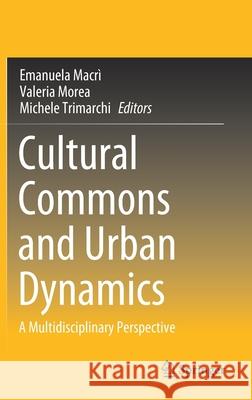Cultural Commons and Urban Dynamics: A Multidisciplinary Perspective » książka
topmenu
Cultural Commons and Urban Dynamics: A Multidisciplinary Perspective
ISBN-13: 9783030544171 / Angielski / Twarda / 2020 / 362 str.
Cultural Commons and Urban Dynamics: A Multidisciplinary Perspective
ISBN-13: 9783030544171 / Angielski / Twarda / 2020 / 362 str.
cena 389,09 zł
(netto: 370,56 VAT: 5%)
Najniższa cena z 30 dni: 385,52 zł
(netto: 370,56 VAT: 5%)
Najniższa cena z 30 dni: 385,52 zł
Termin realizacji zamówienia:
ok. 20 dni roboczych.
ok. 20 dni roboczych.
Darmowa dostawa!
Kategorie:
Kategorie BISAC:
Wydawca:
Springer
Język:
Angielski
ISBN-13:
9783030544171
Rok wydania:
2020
Wydanie:
2020
Ilość stron:
362
Waga:
0.70 kg
Wymiary:
23.39 x 15.6 x 2.24
Oprawa:
Twarda
Wolumenów:
01
Dodatkowe informacje:
Wydanie ilustrowane











